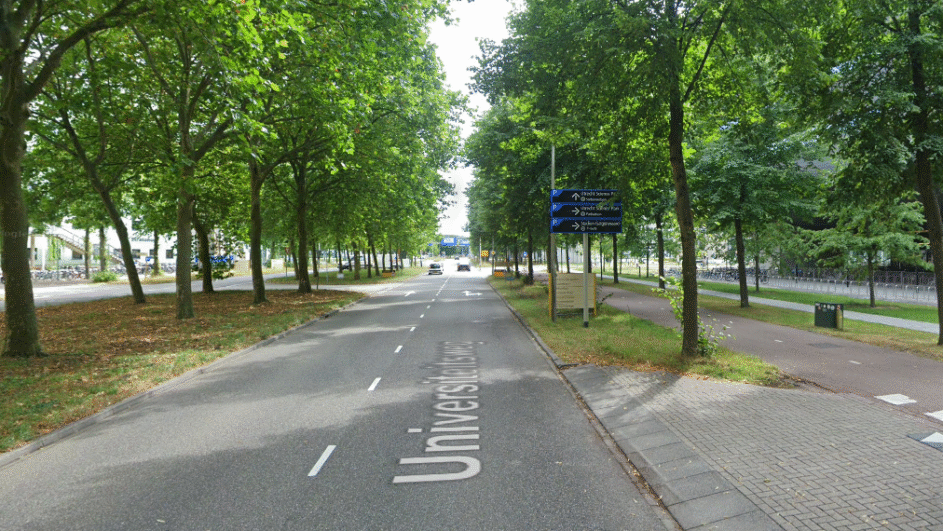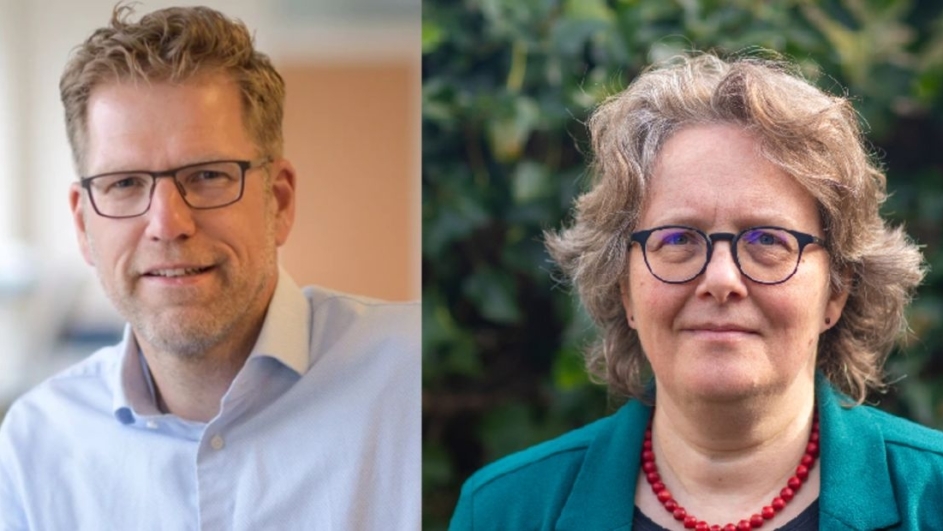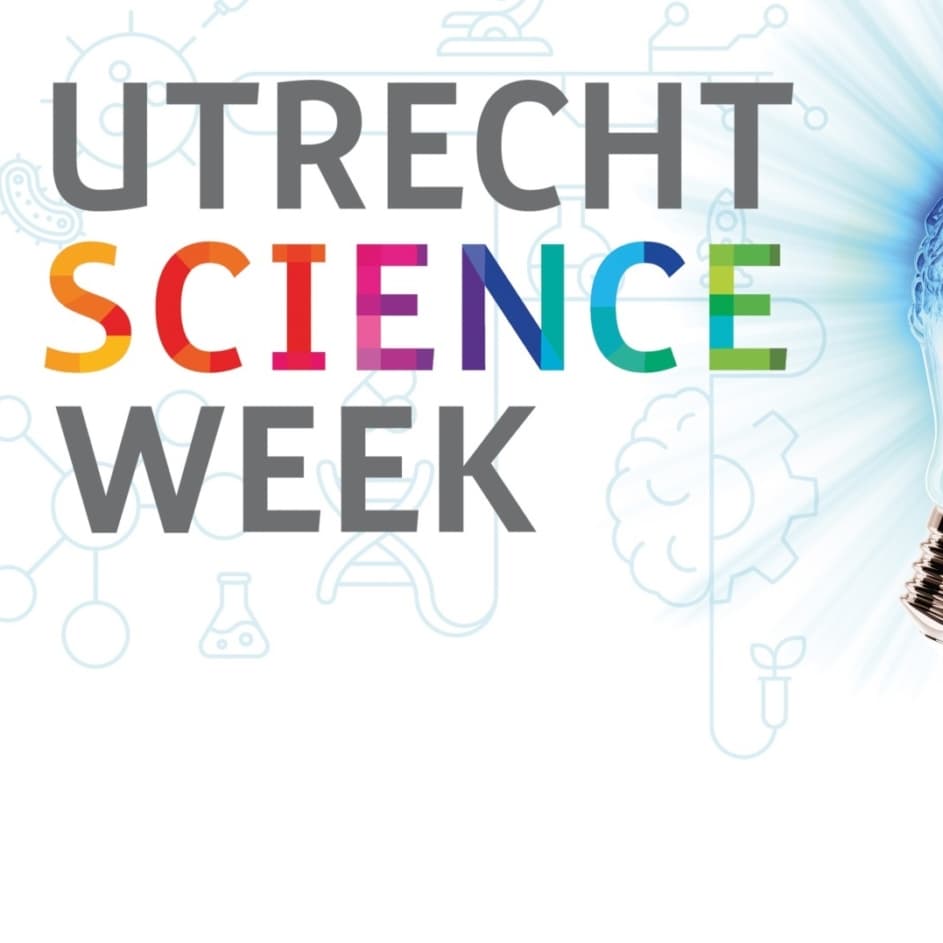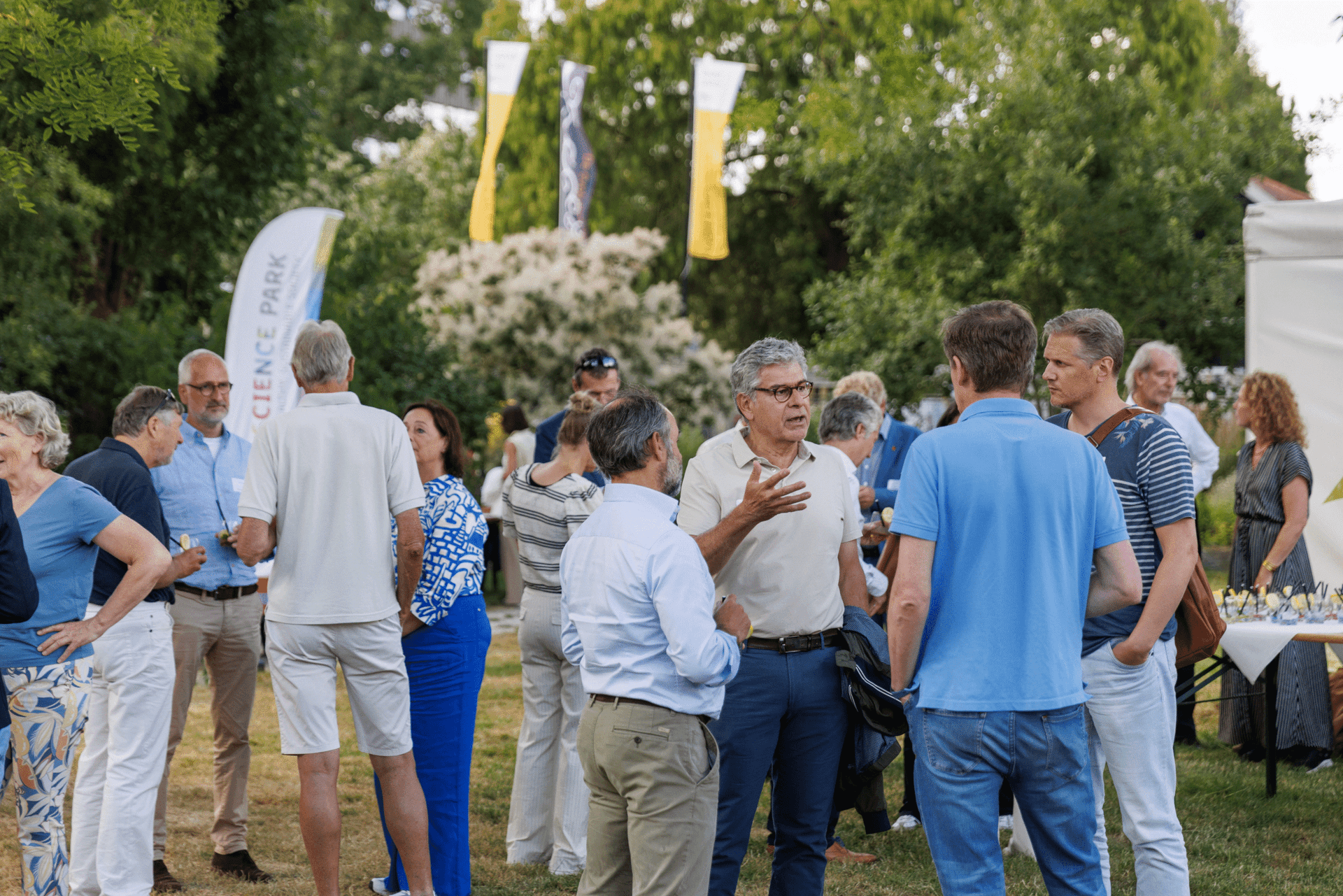Catherine Robin, Hubrecht Institute, receives donation to develop personalized blood stem cells

Catherine Robin, group leader at the Hubrecht Institute, has received a generous philanthropic donation facilitated by the Foundation Friends of the Hubrecht Institute. This donation will support scientific research with a focus on public benefit. Robin’s laboratory will use the funding to develop bioprinted aortas – miniature models of the embryo’s main artery – to produce blood stem cells. In the future, this innovative approach could improve treatments for blood diseases and make life-saving stem cell transplants more accessible.
The importance of blood stem cells
Blood stem cells are essential to produce blood and immune cells throughout an individual’s life. However, when these cells malfunction, this can lead to severe conditions like leukemia and other blood-related disorders. For many patients, a blood stem cell transplantation is the only viable treatment. Blood stem cell transplants are used to treat over 70 diseases, with approximately 90,000 transplants performed annually, a number that continues to grow.
Challenges in finding compatible donors
Ideally, a patient receives blood stem cells from their own body or a close relative. However, when no suitable family donor is available, blood stem cells from unrelated donors are needed. This often leads to complications where the donor’s immune cells attack the patient’s tissues. Additionally, ethnic minorities face significant challenges in finding compatible donors, worsening inequalities in access to life-saving treatments.
A solution: creating blood stem cells in the lab
To solve the growing demand for blood stem cell transplants and shortage of suitable donors, scientists are exploring ways to produce blood stem cells in the laboratory. This method could provide patient-specific and compatible stem cells, eliminating the risk of rejection. However, current methods cannot fully replicate the natural ability of blood stem cells to renew and function properly.
Revolutionary research inspired by embryo development
The Robin laboratory has made pioneering discoveries over the past two decades regarding how blood stem cells are formed during embryonic development. They originate from endothelial cells in the aorta, where they undergo a transformation to become blood stem cells. Previous research struggled to replicate this transformation process in the lab because it overlooked the critical role of the aorta’s three-dimensional structure, and the mechanical forces required for blood stem cell formation.
Bioprinted aortas: Toward the generation of blood stem cells in the laboratory
To overcome these challenges, the Robin laboratory will develop 3D bioprinted models of the embryonic aorta in collaboration with the Levato Lab at UMC Utrecht, inspired by the natural process of blood stem cell production in embryos. These bioprinted aortas will mimic the physical and chemical environment of the embryo necessary for blood stem cell development. The team will introduce endothelial cells derived from patient-specific induced pluripotent stem cells into these aorta models, where they can transform into fully functional blood stem cells. This approach will ensure that the resulting blood stem cells are a genetic match for the patient, and free from the risk of immune rejection.
A future with no donor dependency
The future scientific and societal implications of this research are far-reaching. Producing transplantable blood stem cells in the laboratory could eliminate the reliance on donors, reduce complications and ensure a universal access to treatment for patients, regardless of background of all ethnicities. This breakthrough could also revolutionize regenerative medicine by providing a reliable source of patient-specific blood stem cells. Beyond transplants, bioprinted aortas could be used for studying blood stem cell development, drug testing, modeling blood disorders, and reducing animal experimentation. Furthermore, this research could contribute to advancing vascular engineering, such as creating customized blood vessel grafts for patients in need.
Catherine Robin is group leader at the Hubrecht Institute and is also affiliated with the UMC Utrecht. She expresses her gratitude for the philanthropic donation that will make this project possible. She also extends her thanks to Euclides Póvoa, Oscar Natan, and Paul Bouter from the Foundation Friends of the Hubrecht Institute for their continuous support during the project submission process.

Road maintenance Universiteitsweg
The municipality of Utrecht will renew the Universiteitsweg between July and August with new asphalt and added greenery.

Two researchers from Utrecht receive top Dutch science awards
Researchers Ingrid Robeyns and Thijn Brummelkamp have been awarded the Stevin and Spinoza Prize respectively for their pioneering work on social inequality and genetic research.

Utrecht Science Week 2025 programme announced
The programme for Utrecht Science Week 2025 has been announced. From now on, you can register for one or more of the many inspiring events. More events will follow in the coming weeks. Take a look, register for the events you would like to attend and don’t miss anything!
